Know Your Bible 10
Al Krummenacher

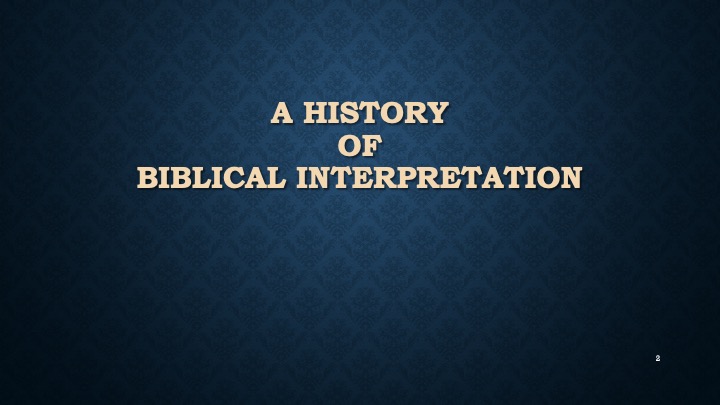
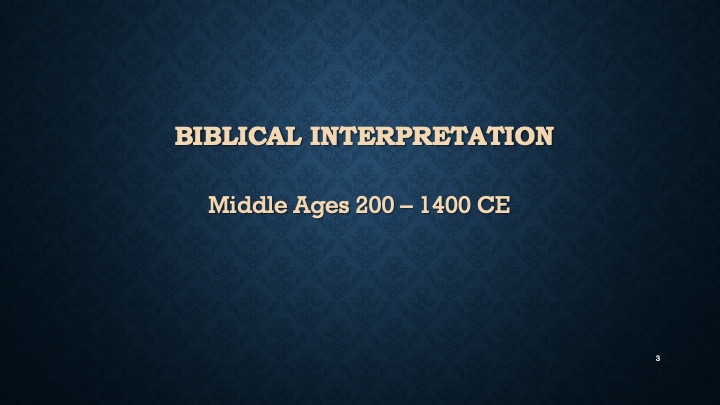
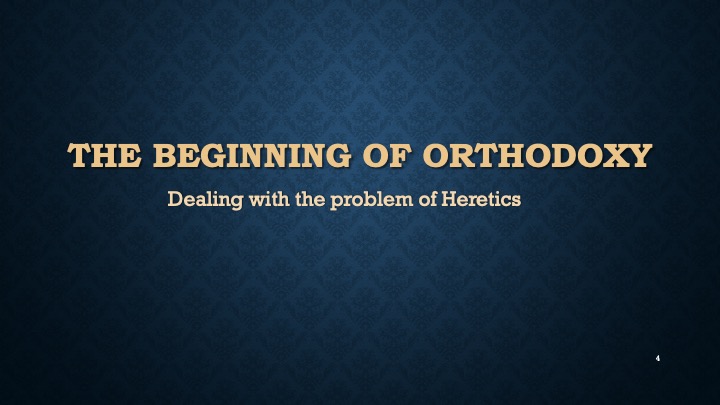
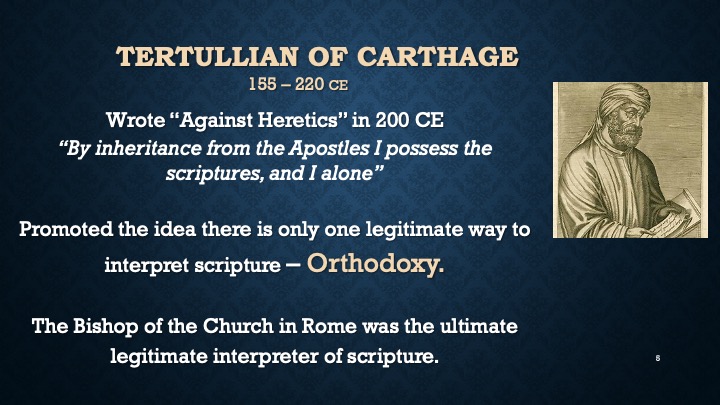
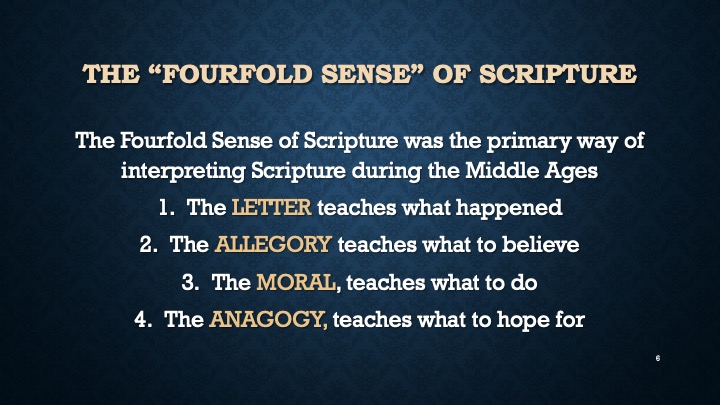
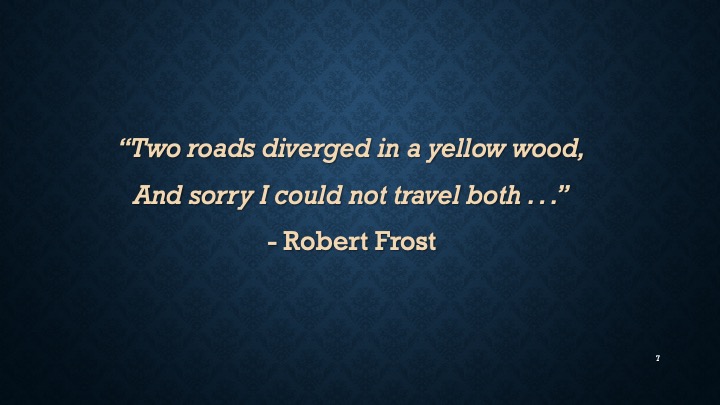
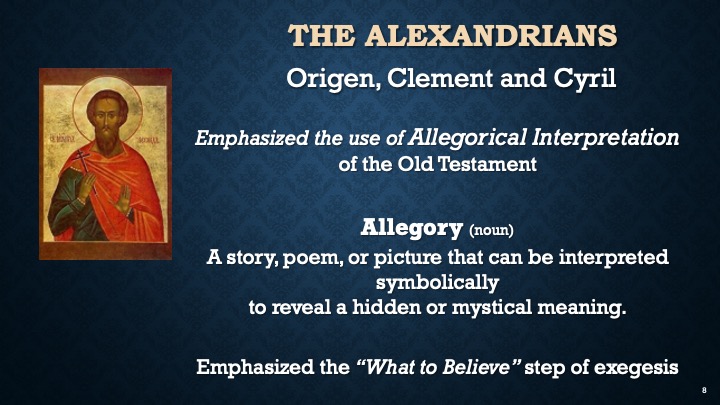
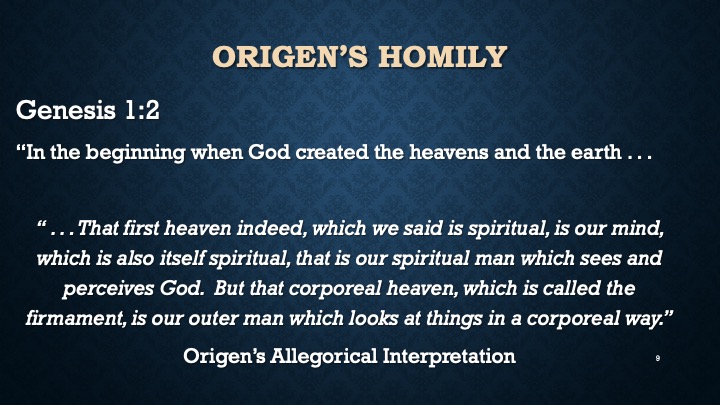
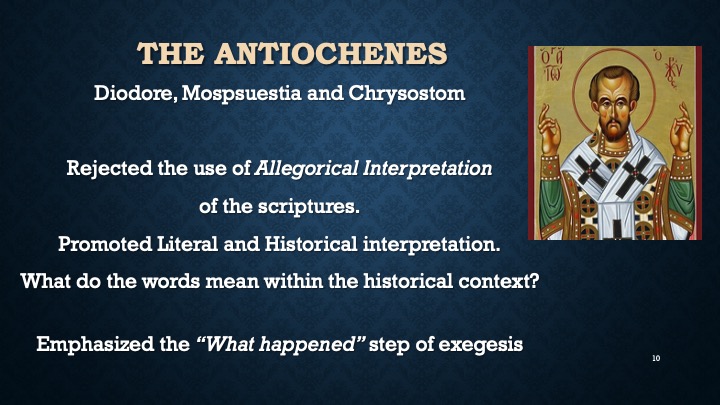
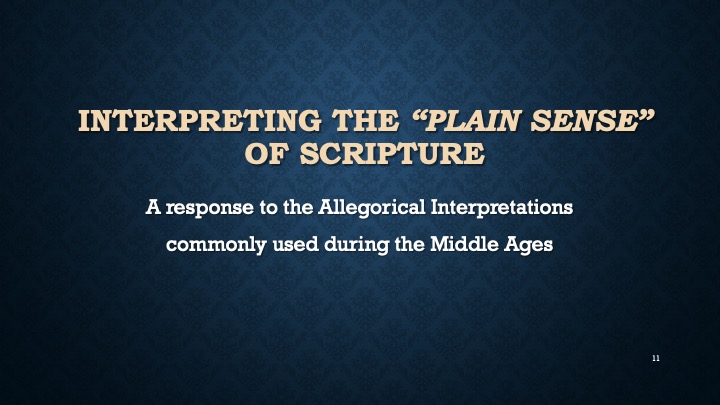
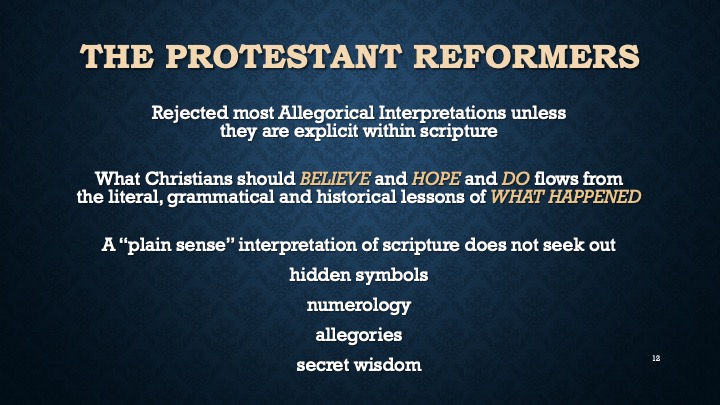
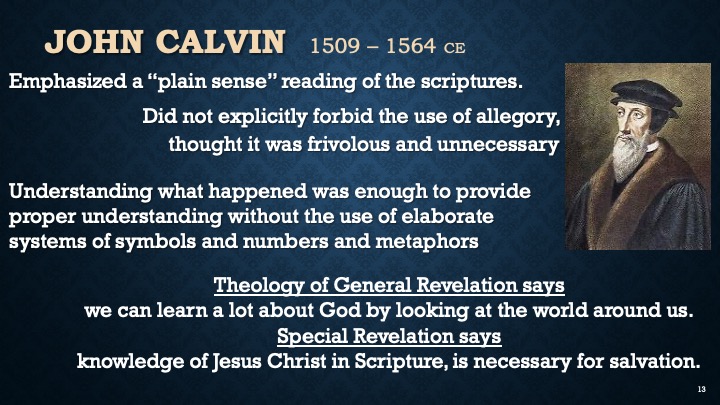
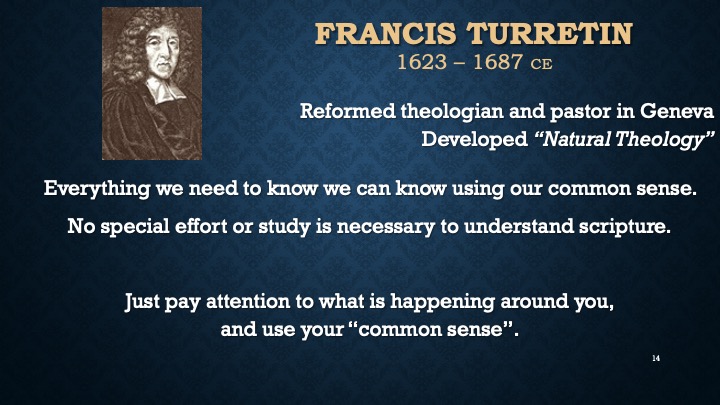
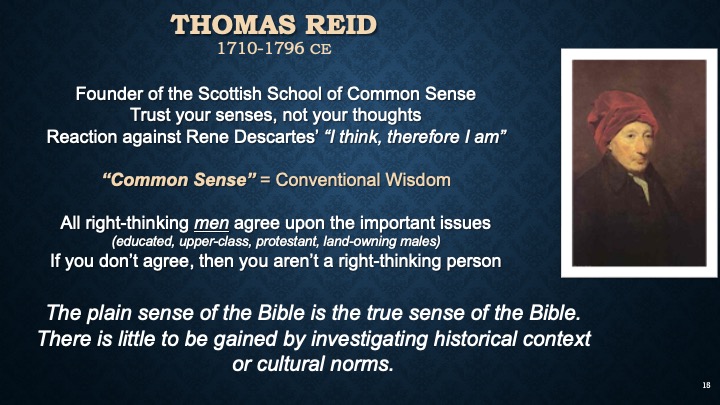
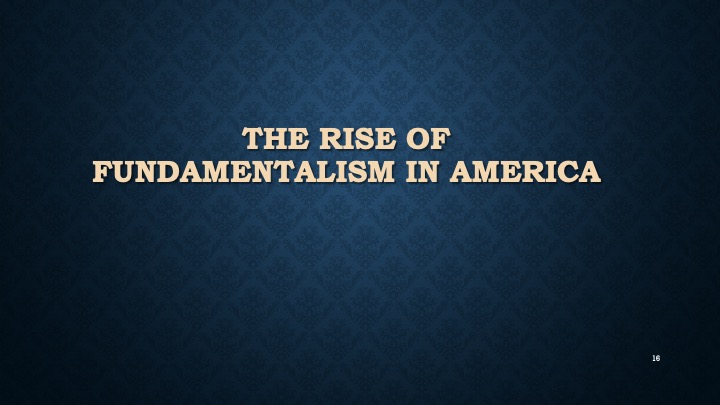
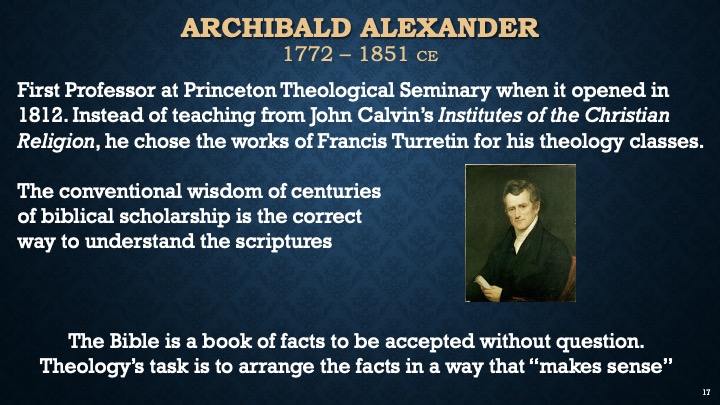
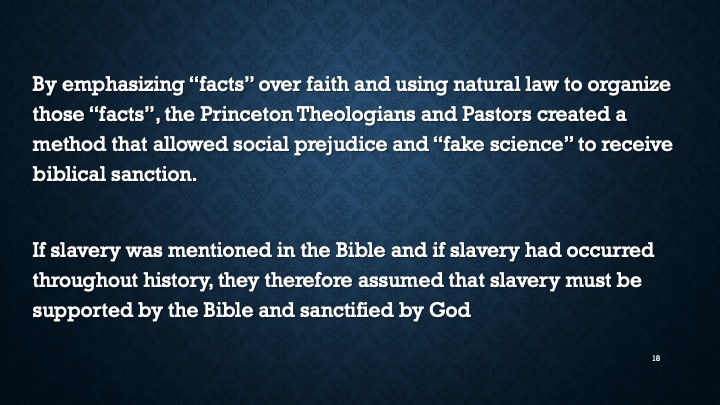
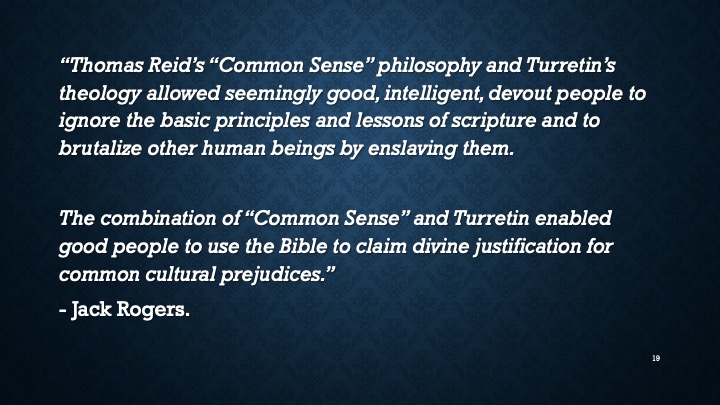
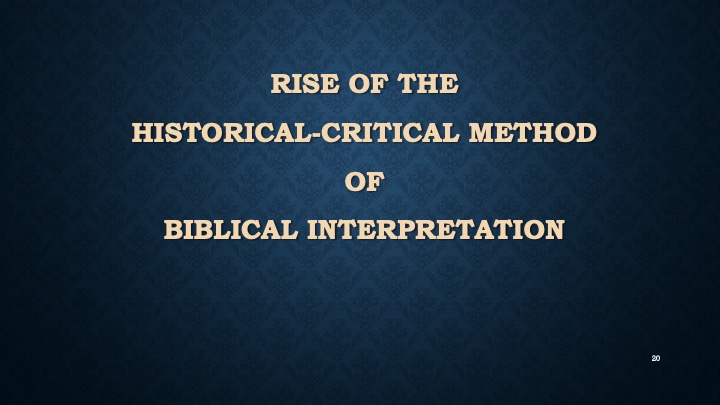
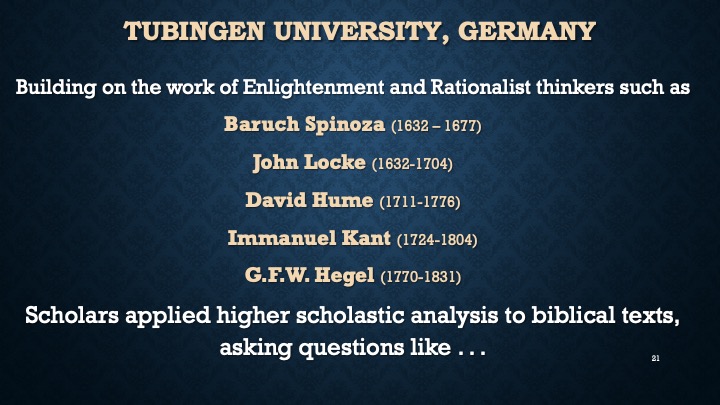
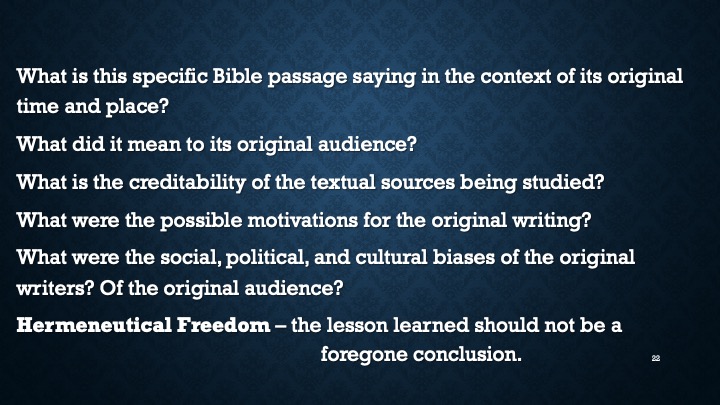
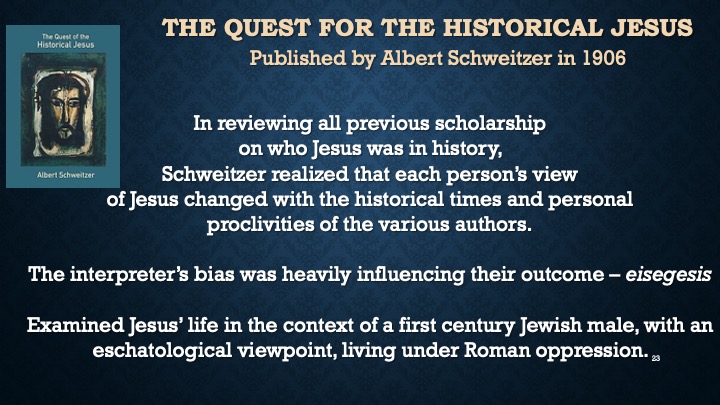
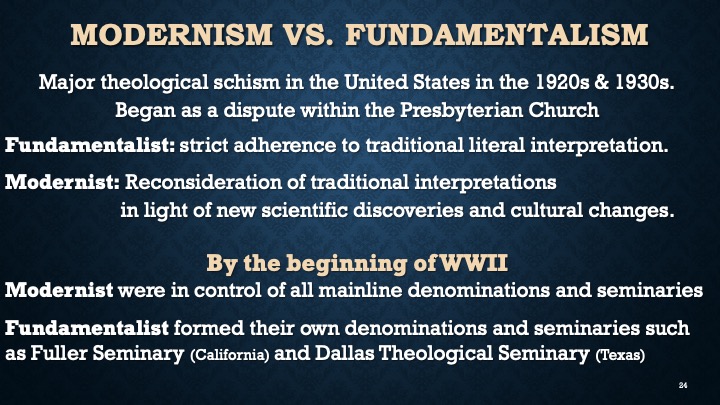
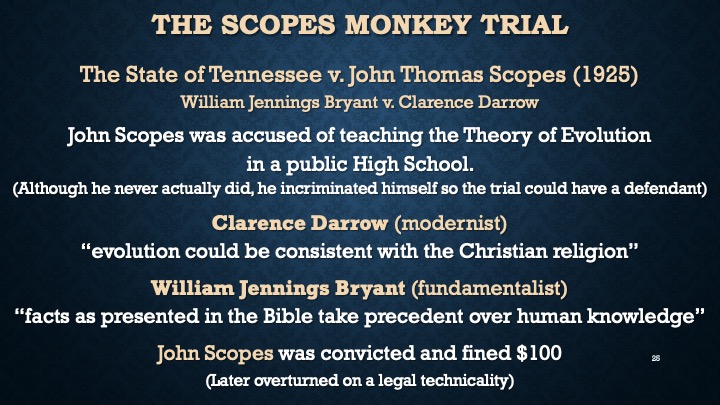
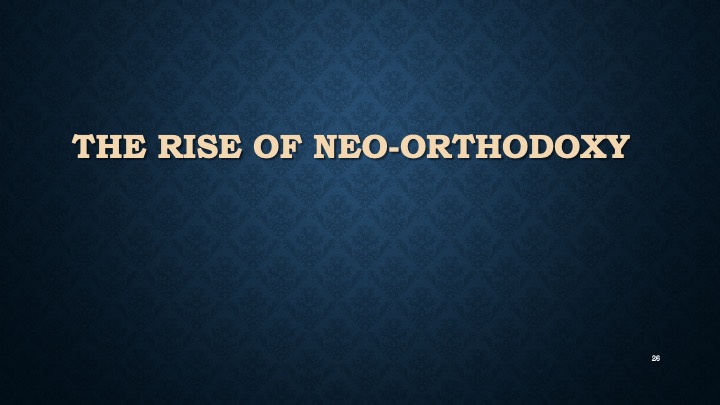
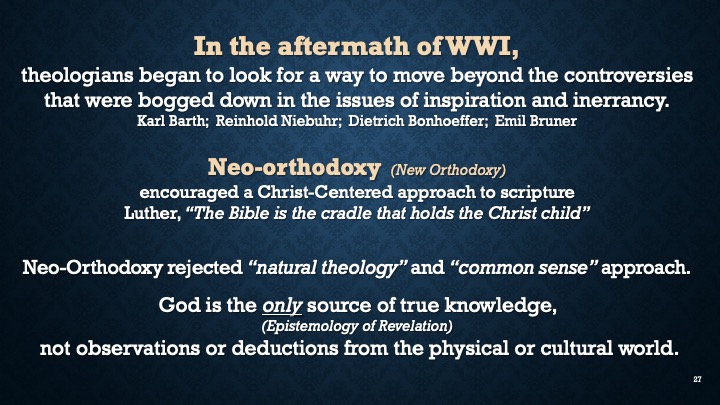
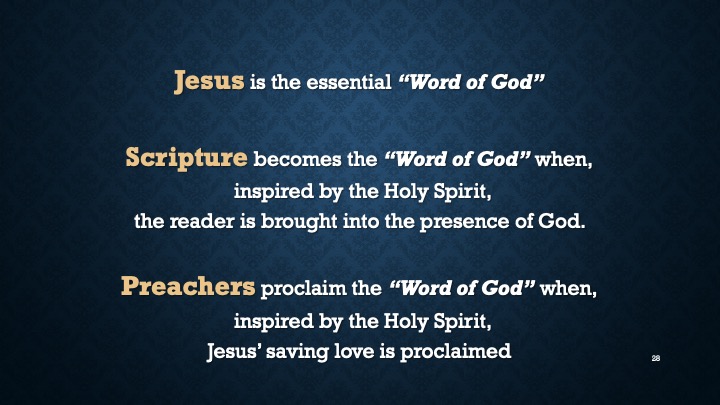
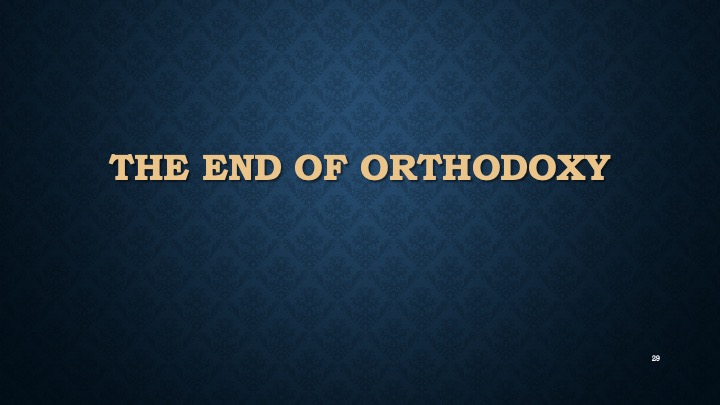
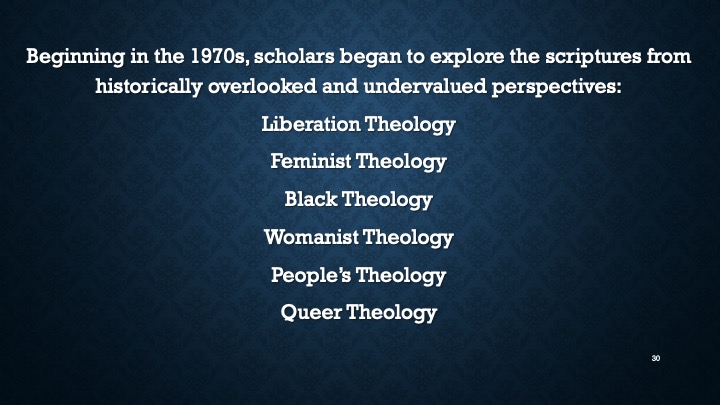
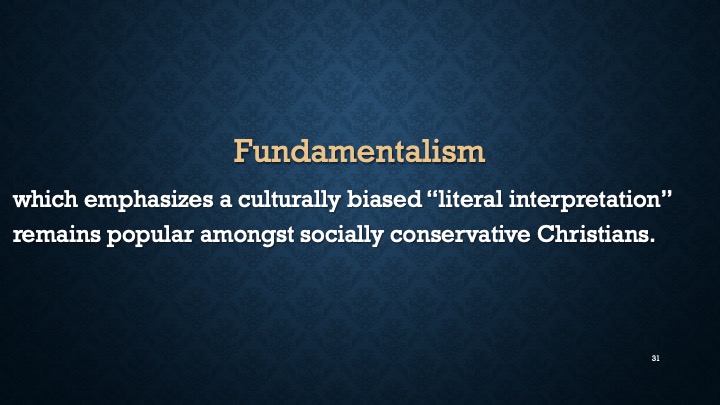
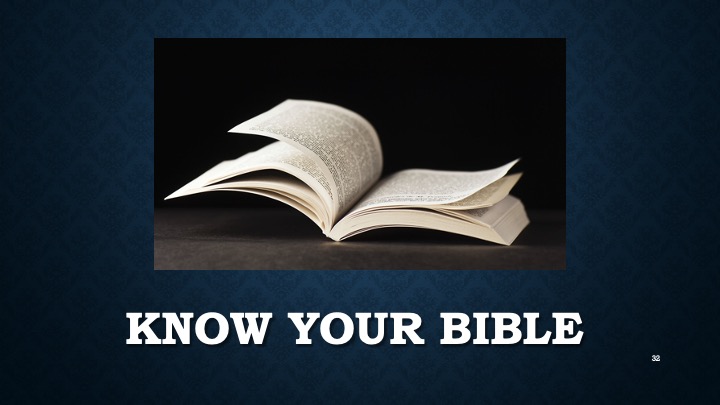
Know Your Bible 10
Links
< Home Page > < Top of Page >
Know Your Bible 10 - The text
Know Your Bible 10 Text
Know Your Bible
Week Ten
A History of Biblical Interpretation
Biblical Interpretation - Middle Ages 200 – 1400 CE
The Beginning of Orthodoxy - Dealing with the problem of Heretics
Tertullian of Carthage - 155 – 220 CE
Wrote “Against Heretics” in 200 CE
“By inheritance from the Apostles I possess the scriptures, and I alone”
Promoted the idea there is only one legitimate way to interpret scripture – Orthodoxy. And the Bishop of the Church in Rome – AKA as the Pope, was the ultimate legitimate interpreter of scripture.
The “Fourfold Sense” of Scripture
The Fourfold Sense of Scripture was the primary way of interpreting Scripture during the Middle Ages
- The LETTER teaches what happened
- The ALLEGORY teaches what to believe
- The MORAL, teaches what to do
- The ANAGOGY, teaches what to hope for
“Two roads diverged in a yellow wood, And sorry I could not travel both . . .”
Robert Frost
The Alexandrians
Origen, Clement and Cyril
Emphasized the use of Allegorical Interpretation of the Old Testament
Allegory (noun)
A story, poem, or picture that can be interpreted symbolically
to reveal a hidden or mystical meaning.
Emphasized the “What to Believe” step of exegesis
Origen’s Homily
Genesis 1:2
“In the beginning when God created the heavens and the earth . . .
“ . . . That first heaven indeed, which we said is spiritual, is our mind, which is also itself spiritual, that is our spiritual man which sees and perceives God. But that corporeal heaven, which is called the firmament, is our outer man which looks at things in a corporeal way.”
Origen’s Allegorical Interpretation
The Antiochenes
Diodore, Mospsuestia and Chrysostom
Rejected the use of Allegorical Interpretation of the scriptures.
Promoted Literal and Historical interpretation.
What do the words mean within the historical context?
Emphasized the “What happened” step of exegesis
Interpreting the “plain sense” of Scripture
A response to the Allegorical Interpretations commonly used during the Middle Ages
The Protestant Reformers
Rejected most Allegorical Interpretations unless they are explicit within scripture
What Christians should BELIEVE and HOPE and DO flows from
the literal, grammatical and historical lessons of WHAT HAPPENED
A “plain sense” interpretation of scripture does not seek out hidden symbols, numerology, allegories, or secret wisdom
John Calvin 1509 – 1564 CE
Emphasized a “plain sense” reading of the scriptures.
Did not explicitly forbid the use of allegory, thought it was frivolous and unnecessary
Understanding what happened was enough to provide proper understanding without the use of elaborate systems of symbols and numbers and metaphors
Theology of General Revelation says we can learn a lot about God by looking at the world around us.
Special Revelation says
knowledge of Jesus Christ in Scripture, is necessary for salvation.
Francis Turretin 1623 – 1687 CE
Reformed theologian and pastor in Geneva - Developed “Natural Theology”
Everything we need to know we can know using our common sense.
No special effort or study is necessary to understand scripture.
Just pay attention to what is happening around you, and use your “common sense”.
Thomas Reid. 1710-1796 CE
Founder of the Scottish School of Common Sense
Trust your senses, not your thoughts
Reaction against Rene Descartes’ “I think, therefore I am”
“Common Sense” = Conventional Wisdom
All right-thinking men agree upon the important issues
(educated, upper-class, protestant, land-owning males)
If you don’t agree, then you aren’t a right-thinking person
The plain sense of the Bible is the true sense of the Bible.
There is little to be gained by investigating historical context or cultural norms.
The Rise of Fundamentalism in America
Archibald Alexander 1772 – 1851 CE
First Professor at Princeton Theological Seminary when it opened in 1812. Instead of teaching from John Calvin’s Institutes of the Christian Religion, he chose the works of Francis Turretin for his theology classes.
The conventional wisdom of centuries of biblical scholarship is the correct
way to understand the scriptures
The Bible is a book of facts to be accepted without question.
Theology’s task is to arrange the facts in a way that “makes sense”
By emphasizing “facts” over faith and using natural law to organize those “facts”, the Princeton Theologians and Pastors created a method that allowed social prejudice and “fake science” to receive biblical sanction.
If slavery was mentioned in the Bible and if slavery had occurred throughout history, they therefore assumed that slavery must be supported by the Bible and sanctified by God
“Thomas Reid’s “Common Sense” philosophy and Turretin’s theology allowed seemingly good, intelligent, devout people to ignore the basic principles and lessons of scripture and to brutalize other human beings by enslaving them.
The combination of “Common Sense” and Turretin enabled good people to use the Bible to claim divine justification for common cultural prejudices.”
- Jack Rogers.
Rise of the Historical-critical Method of Biblical Interpretation
Building on the work of Enlightenment and Rationalist thinkers such as
Baruch Spinoza (1632 – 1677)
John Locke (1632-1704)
David Hume (1711-1776)
Immanuel Kant (1724-1804)
G.F.W. Hegel (1770-1831)
Scholars applied higher scholastic analysis to biblical texts,asking questions like . . .
What is this specific Bible passage saying in the context of its original time and place?
What did it mean to its original audience?
What is the creditability of the textual sources being studied?
What were the possible motivations for the original writing?
What were the social, political, and cultural biases of the original writers? Of the original audience?
Hermeneutical Freedom – the lesson learned should not be a foregone conclusion.
The quest for the historical Jesus
Published by Albert Schweitzer in 1906
In reviewing all previous scholarshipon who Jesus was in history, Schweitzer realized that each person’s viewof Jesus changed with the historical times and personal proclivities of the various authors.
The interpreter’s bias was heavily influencing their outcome – eisegesis
Examined Jesus’ life in the context of a first century Jewish male, with an eschatological viewpoint, living under Roman oppression.
Modernism vs. Fundamentalism
Major theological schism in the United States in the 1920s & 1930s.
Began as a dispute within the Presbyterian Church
Fundamentalist: strict adherence to traditional literal interpretation.
Modernist: Reconsideration of traditional interpretations in light of new scientific discoveries and cultural changes.
By the beginning of WWII
Modernist were in control of all mainline denominations and seminaries
Fundamentalist formed their own denominations and seminaries such as Fuller Seminary (California) and Dallas Theological Seminary (Texas)
The Scopes Monkey Trial
The State of Tennessee v. John Thomas Scopes (1925)
William Jennings Bryant v. Clarence Darrow
John Scopes was accused of teaching the Theory of Evolution in a public High School.
(Although he never actually did, he incriminated himself so the trial could have a defendant)
Clarence Darrow (modernist) “evolution could be consistent with the Christian religion”
William Jennings Bryant (fundamentalist)
“facts as presented in the Bible take precedent over human knowledge” John Scopes was convicted and fined $100 (Later overturned on a legal technicality)
The Rise of Neo-Orthodoxy
In the aftermath of WWI, theologians began to look for a way to move beyond the controversies that were bogged down in the issues of inspiration and inerrancy.
Karl Barth; Reinhold Niebuhr; Dietrich Bonhoeffer; Emil Bruner
Neo-orthodoxy (New Orthodoxy) encouraged a Christ-Centered approach to scripture
Luther, “The Bible is the cradle that holds the Christ child”
Neo-Orthodoxy rejected “natural theology” and “common sense” approach.
God is the only source of true knowledge, (Epistemology of Revelation) not observations or deductions from the physical or cultural world.
Jesus is the essential “Word of God”
Scripture becomes the “Word of God” when, inspired by the Holy Spirit, the reader is brought into the presence of God.
Preachers proclaim the “Word of God” when, inspired by the Holy Spirit,
Jesus’ saving love is proclaimed
The End of Orthodoxy
Beginning in the 1970s, scholars began to explore the scriptures from historically overlooked and undervalued perspectives:
· Liberation Theology
· Feminist Theology
· Black Theology
· Womanist Theology
· People’s Theology
· Queer Theology
Fundamentalism, which emphasizes a culturally biased “literal interpretation” remains popular amongst socially conservative Christians.
Know Your Bible